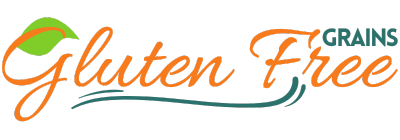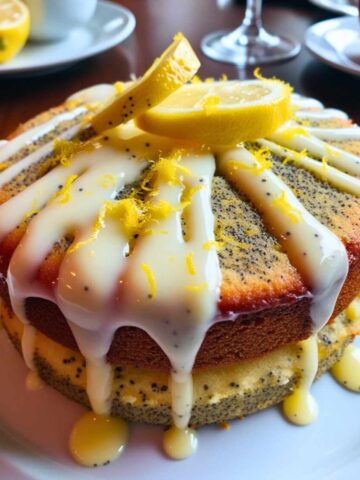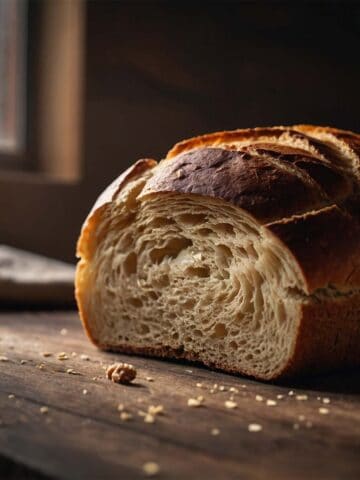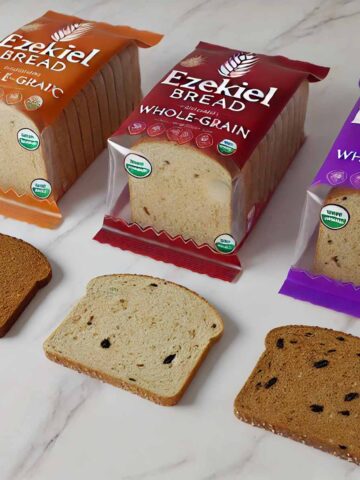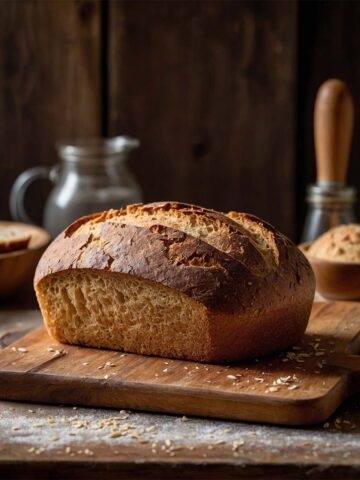Welcome to the world of gluten free egg free bread! This comprehensive guide will explore everything you need to know to create delicious bread without gluten or eggs. From understanding the key ingredients to learning about baking techniques and recipe variations, we've got you covered. Let's jump right into this gluten-free, egg-free adventure!
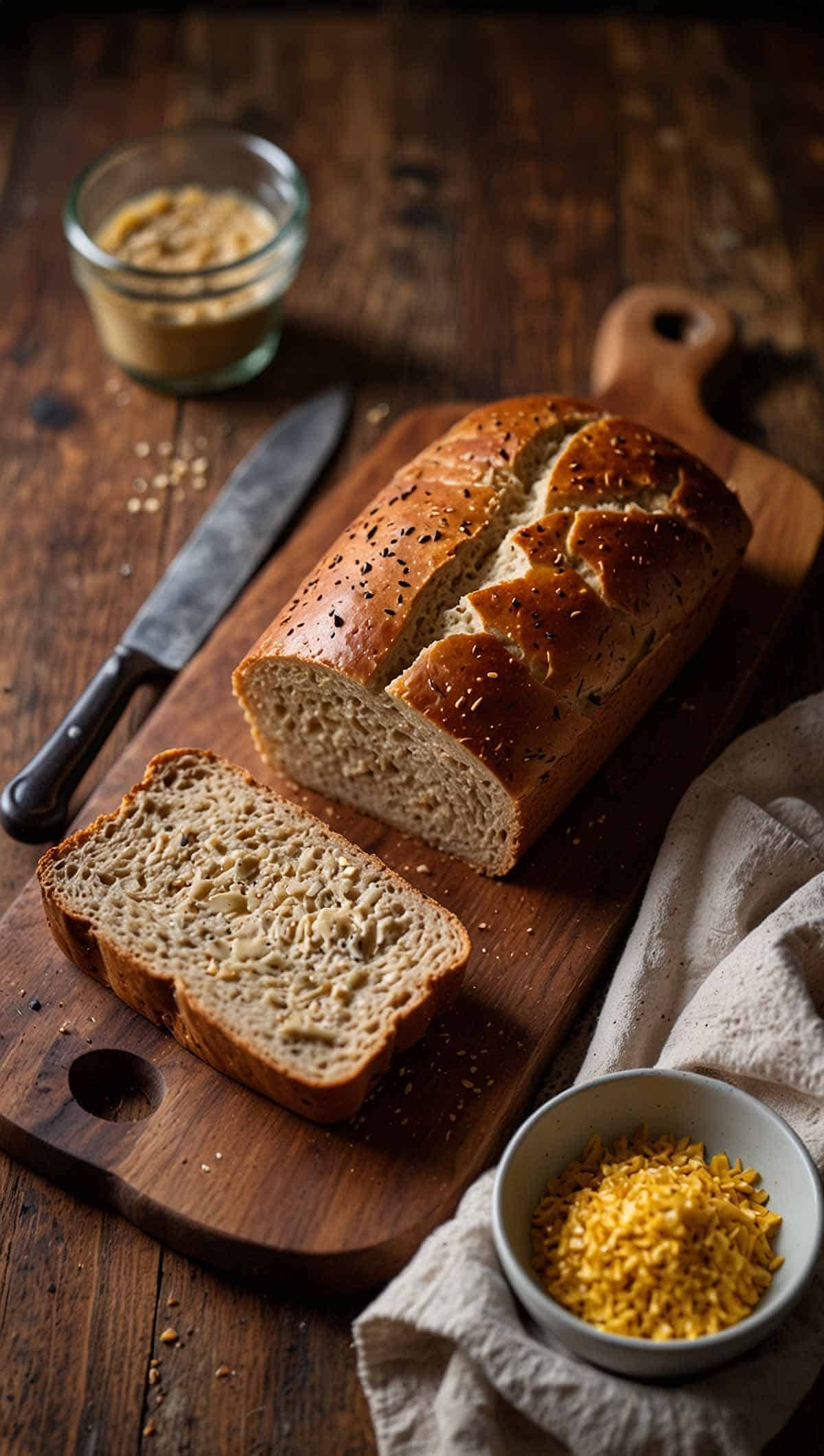
Why Choose Gluten Free and Egg Free Bread?
Choosing gluten-free and egg-free bread isn't just about accommodating food allergies—it's about embracing a more inclusive approach to eating that caters to various dietary needs and preferences.
Jump to:
- Why Choose Gluten Free and Egg Free Bread?
- Critical Ingredients for Gluten Free Egg Free Bread
- Essential Tips for Making Perfect Gluten Free Egg Free Bread
- Step-by-Step Recipe for Gluten Free Egg Free Bread
- Common Mistakes to Avoid
- Variations and Add-Ins for Extra Flavor
- Storing and Freezing Gluten Free Egg Free Bread
- Pairing Ideas for Gluten Free Egg Free Bread
- Nutritional Information and Health Benefits
- Conclusion
- FAQs
- Related
The Rise of Dietary Restrictions
Over the past decade, there has been a noticeable increase in the number of people adopting gluten-free and egg-free diets. Some people do this due to medical conditions like celiac disease, gluten intolerance, or egg allergies. In contrast, others make the switch for perceived health benefits. This growing trend has led to a demand for more versatile and allergy-friendly recipes, such as gluten free egg free bread. For many, this bread isn't just an alternative—it's a necessity.
Health Benefits of Gluten Free Egg Free Bread
Beyond avoiding potential allergens, gluten free egg free bread has its own health benefits. Often, these breads are lower in fat and cholesterol, given the absence of eggs. They are also made with nutrient-rich, gluten-free flour such as almond or oat flour, which can provide more fiber and essential nutrients than refined wheat flour. This bread can be a game-changer if you want to lead a healthier lifestyle or manage dietary concerns.
Critical Ingredients for Gluten Free Egg Free Bread
To perfect gluten-free, egg-free bread, it's essential to understand the key ingredients and their functions. Let's dive into the details.
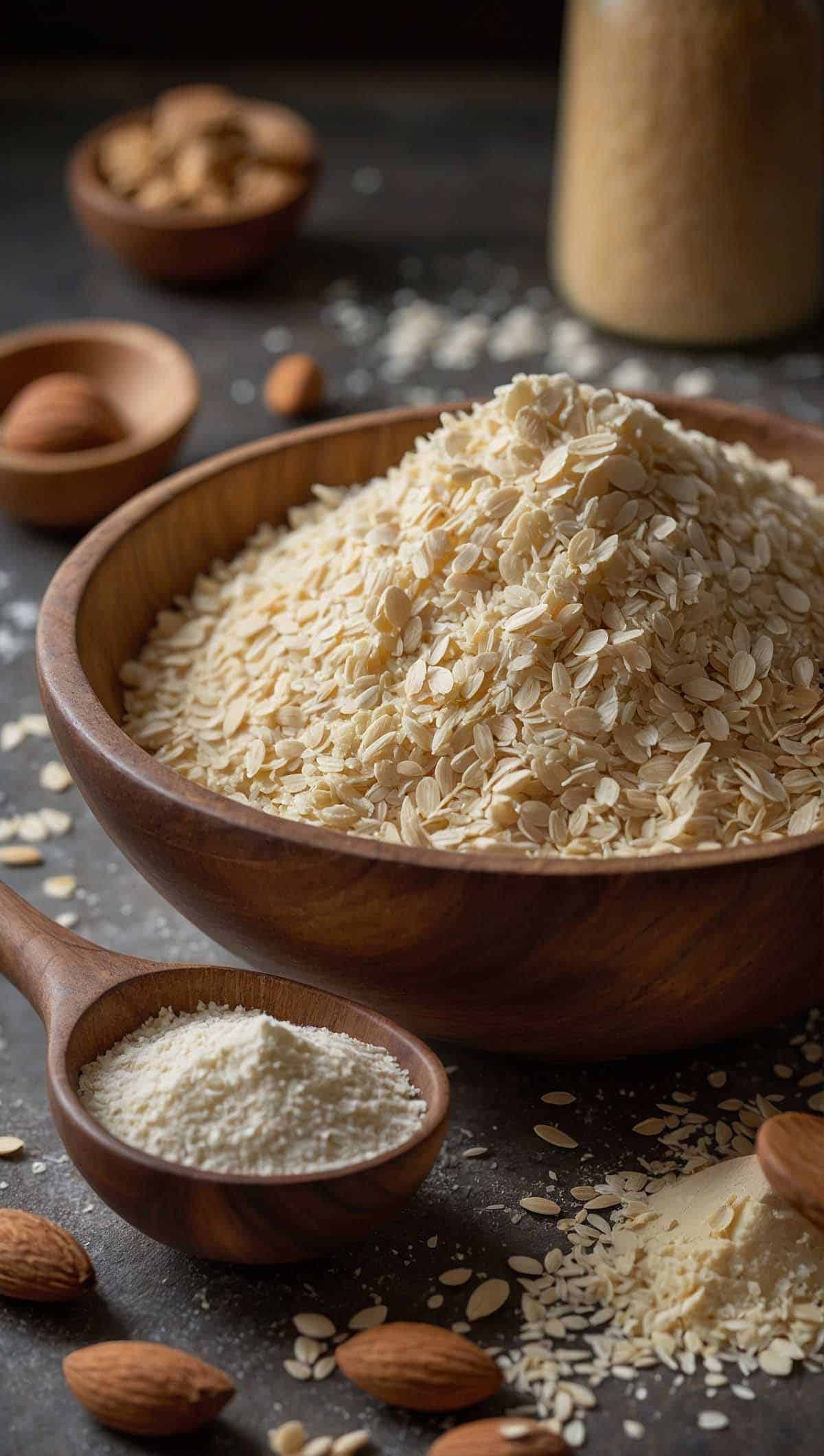
Gluten-Free Flour Options for Gluten Free Egg Free Bread
The flour you choose is of utmost importance when it comes to gluten-free baking. Each type of flour offers a distinct flavor, texture, and nutritional profile. Here are some popular gluten-free flour options:
Rice Flour
Rice flour is a staple in gluten-free baking due to its delicate texture and neutral flavor. It creates a light and soft crumb, making it an excellent base flour. However, it tends to be a bit dry, so combining it with more moisture-rich flours or ingredients is usually necessary.
Almond Flour
Almond flour is known for its rich, nutty flavor and high-fat content, which adds moisture and a tender texture to gluten free bread. It's a great source of protein and healthy fats, and it works particularly well when mixed with other flour for a balanced texture.
Oat Flour
Oat flour offers a slightly sweet flavor and a good dose of fiber, making it a healthy choice. It's known for creating softer and more tender bread, especially when combined with other gluten-free flour like rice or almond flour. Just be sure to use certified gluten-free oats to avoid cross-contamination.
Egg Substitutes for Baking
Eggs are often used in baking for their binding properties and ability to provide structure and moisture. We must use suitable substitutes that mimic these qualities when making egg-free bread.
Flaxseed Meal
Flaxseed meal is a popular egg substitute in vegan and egg-free baking. When mixed with water, it forms a gel-like substance similar to eggs. It's an excellent binder and packed with omega-3 fatty acids and fiber, making it a nutritious choice.
Applesauce
Unsweetened applesauce can be used as an egg substitute to add moisture to the bread. It's beneficial in sweet bread recipes. However, it works best with other egg substitutes for a more robust structure.
Chia Seeds
Like flaxseed, chia seeds also form a gel when mixed with water, making them an effective binding agent. Chia seeds are also rich in fiber, protein, and various micronutrients, providing functional and nutritional benefits.
Essential Tips for Making Perfect Gluten Free Egg Free Bread
Getting that perfect loaf of gluten-free, egg-free bread requires more than following a recipe. It involves understanding the nuances of gluten-free baking and using the proper techniques.
Choosing the Right Flour Combinations
When baking gluten-free, combining flours is crucial to achieve the desired texture and flavor. For example, mixing rice flour with almond flour and a starch such as tapioca or potato starch can provide a well-balanced, light, and flavorful dough.
Binding Agents to Use
Without gluten and eggs, binding agents are essential for providing structure and preventing the bread from crumbling. Xanthan gum, psyllium husk powder, or a combination of flax and chia seed gels are commonly used to stabilize the bread and improve its texture.
Enhancing Flavor and Texture
One of the secrets to a delicious gluten-free, egg-free bread is to enhance its flavor and texture with additional ingredients. Adding olive oil, honey, herbs, or a dash of vinegar can elevate the taste and create a better crumb structure. Be creative and experiment with different flavors to find what suits your palate.
Step-by-Step Recipe for Gluten Free Egg Free Bread
Now, let's get to the heart of making gluten-free, egg-free bread! This recipe is straightforward, easy to follow, and promises to deliver a delicious loaf that everyone can enjoy.
Ingredients List
- 1 cup rice flour
- 1 cup almond flour
- ½ cup oat flour
- 2 tablespoon flaxseed meal + 6 tablespoon water (flax eggs)
- 2 tablespoon olive oil
- 1 tablespoon of honey (or use maple syrup for a vegan alternative)
- 1 teaspoon xanthan gum
- 1 teaspoon baking powder
- 1 teaspoon salt
- 1 ¼ cup water
Detailed Instructions
- Preheat the Oven: Preheat your oven to 350°F (175°C). A hot oven is crucial for a good rise.
- Prepare the Flax Eggs: Mix the flaxseed meal with water in a small bowl and let it sit for about 10 minutes until it forms a gel-like consistency. It will act as your egg substitute.
- Mix Dry Ingredients: In a large mixing bowl, combine rice flour, almond flour, oat flour, xanthan gum, baking powder, and salt. Whisk well to ensure everything is evenly distributed.
- Combine Wet Ingredients: Add the flax eggs, olive oil, honey, and water to the dry ingredients. Mix thoroughly until the ingredients are well incorporated and a thick batter forms. Be careful not to overmix, as this can lead to dense bread.
- Transfer to Baking Pan: Pour the batter into a greased or lined 9x5-inch loaf pan. Use a spatula to level the top for even baking.
- Bake the Bread: Place the pan in the oven and bake for 45-50 minutes. To check if it's done, insert a toothpick or skewer into the center of the loaf; it should come out clean or with a few moist crumbs.
- Cool the Bread: After baking, take the bread out of the oven and let it cool in the pan for around 10 minutes. It helps it firm up and makes it easier to handle. After that, transfer the bread to a wire rack to cool completely. Placing the bread on a rack to cool prevents the bottom from getting soggy and ensures it cools evenly.
- Slice and Serve: Once thoroughly cooled, slice the bread with a serrated knife to avoid crumbling. Enjoy it fresh, toasted, or paired with your favorite toppings!
Baking Tips for Best Results of Gluten Free Egg Free Bread
- Ensure Room Temperature Ingredients: Using ingredients at room temperature helps the bread rise evenly and prevents it from becoming dense.
- Don't Skip the Xanthan Gum: This ingredient is crucial for providing the elasticity and structure that gluten usually provides. If you don't have xanthan gum, psyllium husk powder is a good alternative.
- Avoid Overmixing: Overmixing the batter can lead to a dense and gummy texture. Mix until just combined.
Common Mistakes to Avoid
While baking gluten-free, egg-free bread, it's easy to make some common mistakes that can affect the final result. Here's how to avoid them:
Overmixing the Batter
A frequent mistake is overmixing the batter. Overmixing activates the binding agents too much, resulting in dense and chewy bread. Always mix just until the ingredients are combined.
Not Using Fresh Ingredients
Using old or expired ingredients, especially baking powder and xanthan gum, can affect the bread's ability to rise and maintain structure. Always check the freshness of your ingredients before baking.
Skipping the Cooling Step
Cooling the bread is as important as baking it. Slicing the bread while still hot can cause it to crumble and fall apart. Patience is key—let it cool completely for the best texture.
Variations and Add-Ins for Extra Flavor
The beauty of homemade bread is the ability to customize it to your liking. You can easily add different ingredients to create variations that suit your tastes.
Adding Seeds and Nuts
Consider adding sunflower seeds, pumpkin seeds, or chopped nuts like walnuts or almonds for a nutty crunch. These add texture and nutritional value, making your bread even more wholesome.
Infusing Herbs and Spices
If you prefer a more savory loaf, infusing your bread with herbs and spices is a great option. Rosemary, thyme, garlic powder, or basil can transform a simple loaf into a flavorful experience. Try adding cinnamon, nutmeg, or dried fruits for a sweeter variation.
Storing and Freezing Gluten Free Egg Free Bread
Proper storage is crucial to maintain the freshness and taste of your gluten free egg free bread.
Proper Storage Techniques
Place the bread in an airtight container and keep it at room temperature for up to three days. If you live in a humid climate, refrigerating the bread can help it last up to a week. Just be aware that refrigeration can make the bread slightly drier.
Freezing for Longevity
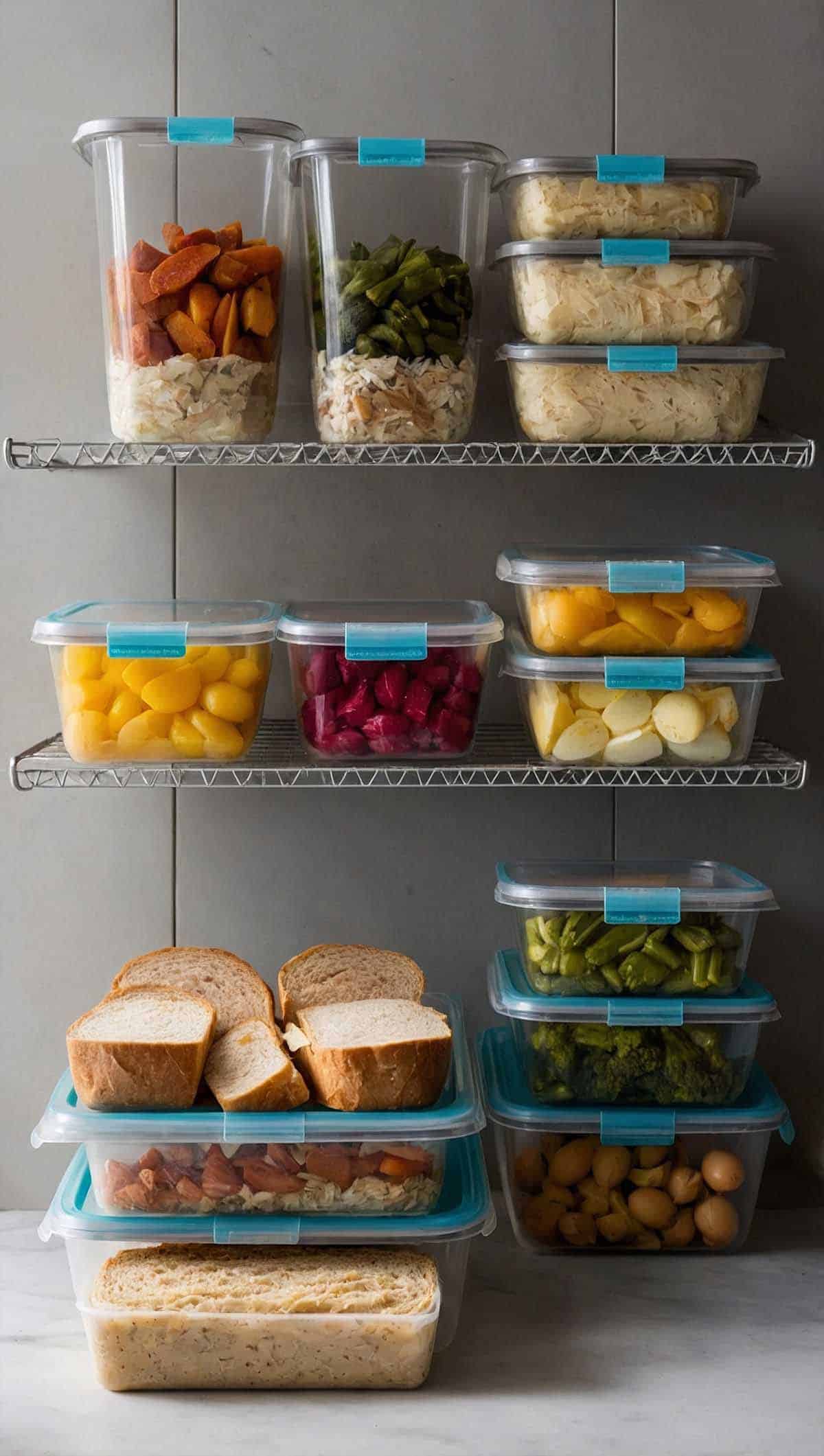
For longer storage, freezing is an excellent option. Slice the bread before freezing to make it easier to thaw, and use individual portions. Wrap each slice in parchment paper and place them in a freezer-safe bag. It prevents freezer burn and keeps the bread fresh for up to 3 months.
Pairing Ideas for Gluten Free Egg Free Bread
What to pair with your freshly baked gluten free egg free bread? Here are some ideas to elevate your bread experience.
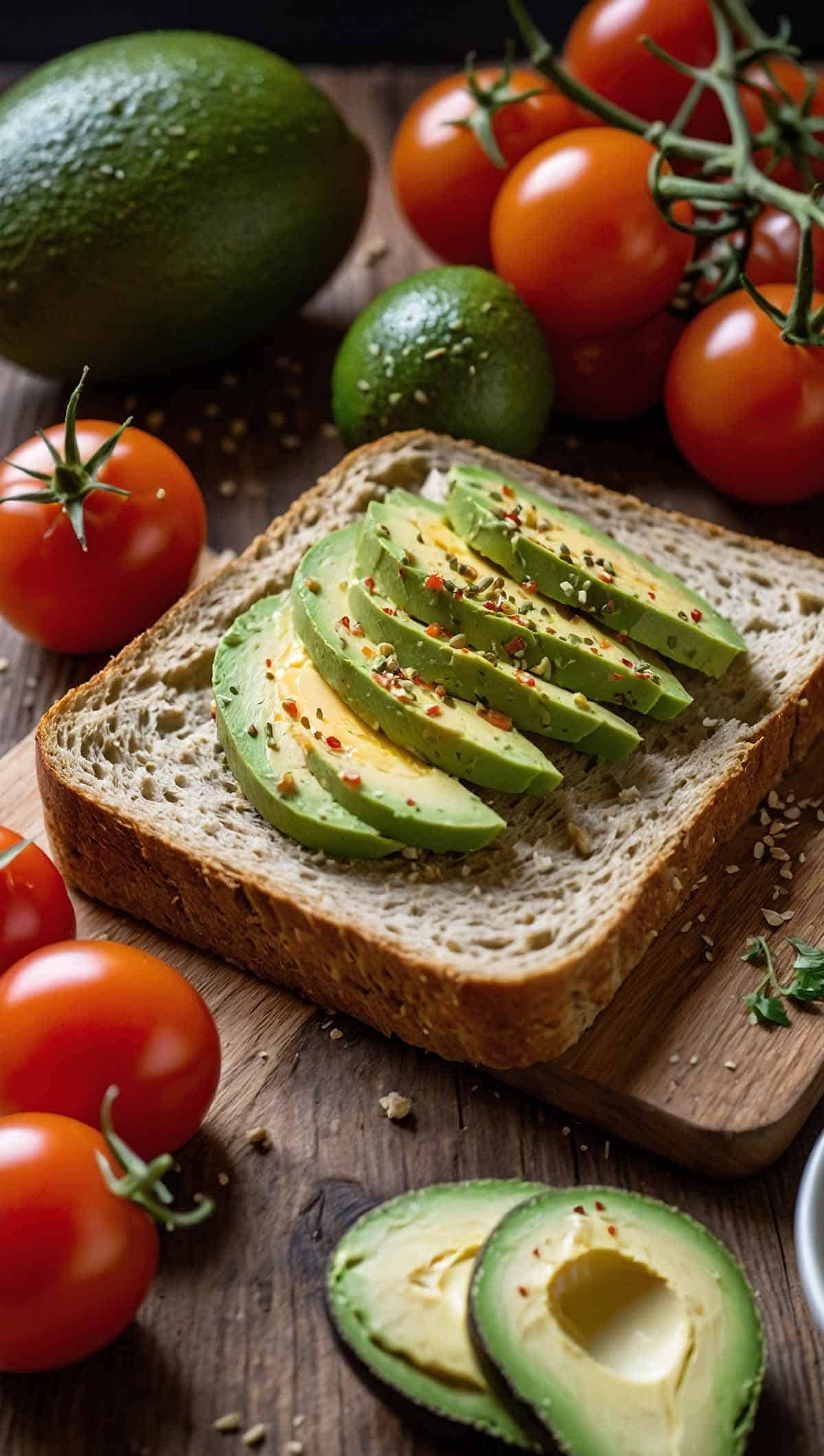
Savory Toppings and Spreads
Try topping your bread with avocado spread, hummus, or a classic garlic herb butter for a savory twist. These toppings add flavor and provide healthy fats and proteins, making your snack or meal more balanced.
Sweet Pairings to Enjoy
If you have a sweet tooth, consider pairing your bread with almond butter, a drizzle of honey, or your favorite fruit preserves. Fresh berries or sliced bananas can create a satisfying and nutritious breakfast or snack.
Nutritional Information and Health Benefits
Understanding the nutritional content of your bread can help you make healthier choices and understand its benefits better.
Caloric Breakdown
Each slice of this gluten free egg free bread contains approximately 120-150 calories, depending on the ingredients used. It is a relatively low-calorie option compared to many commercial gluten free breads, which often contain added sugars and fats.
Benefits of High Fiber Content
Thanks to ingredients like oat flour and flaxseed, this bread is rich in fiber, which is crucial for digestive health. A high-fiber diet can help regulate blood sugar levels, lower cholesterol, and improve bowel regularity. The added fiber also helps keep you fuller for longer, making it an excellent choice for those looking to manage their weight.
Rich in Healthy Fats and Protein
With ingredients like almond flour and flaxseed meal, this bread is a good source of healthy fats and plant-based proteins. These nutrients are vital for overall health, supporting brain function, skin health, and muscle maintenance.
Conclusion
Crafting the perfect gluten free egg free bread at home is a delightful and rewarding experience. By understanding the key ingredients, mastering the proper techniques, and experimenting with flavors and textures, you can bake a loaf that's not only safe for those with dietary restrictions but also incredibly delicious and nutritious. So, put on your apron, gather your ingredients, and get ready to enjoy a slice of homemade goodness!
FAQs
Absolutely! You can substitute rice flour with sorghum flour, millet flour, or even buckwheat flour. Each will bring a different flavor and texture, so feel free to experiment.
To increase moisture, add a bit more fat, such as olive or coconut oil, or increase the amount of applesauce used. Adding a tablespoon of dairy-free yogurt can also help retain moisture.
Yes, psyllium husk powder or guar gum can be used as a substitute for xanthan gum. Both are effective binding agents and work well in gluten-free baking.
Yes, but remember, it might turn out a bit drier. You can use banana or add applesauce to replace the oil, though the texture may vary slightly.
When properly stored (sliced, wrapped in parchment paper, and placed in a freezer-safe bag), this bread can last up to 3 months in the freezer. To use, thaw at room temperature or warm it up in the toaster or oven.
Related
Looking for other recipes like this? Try these:
